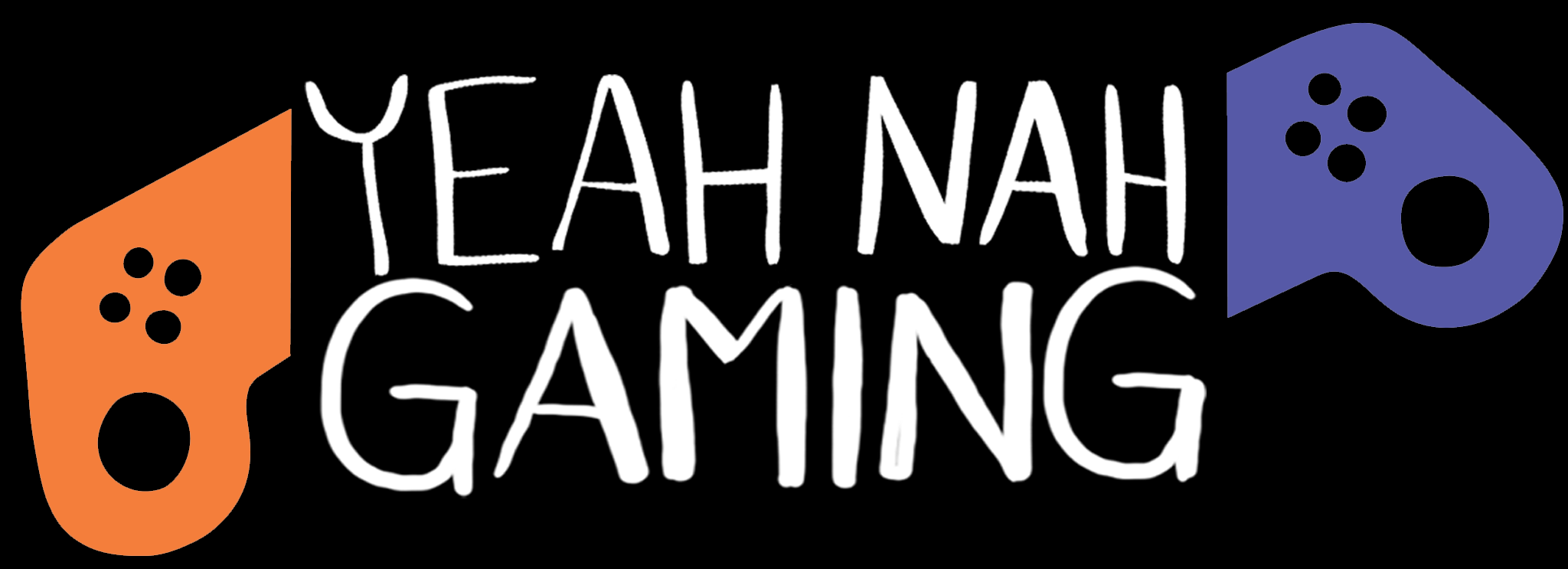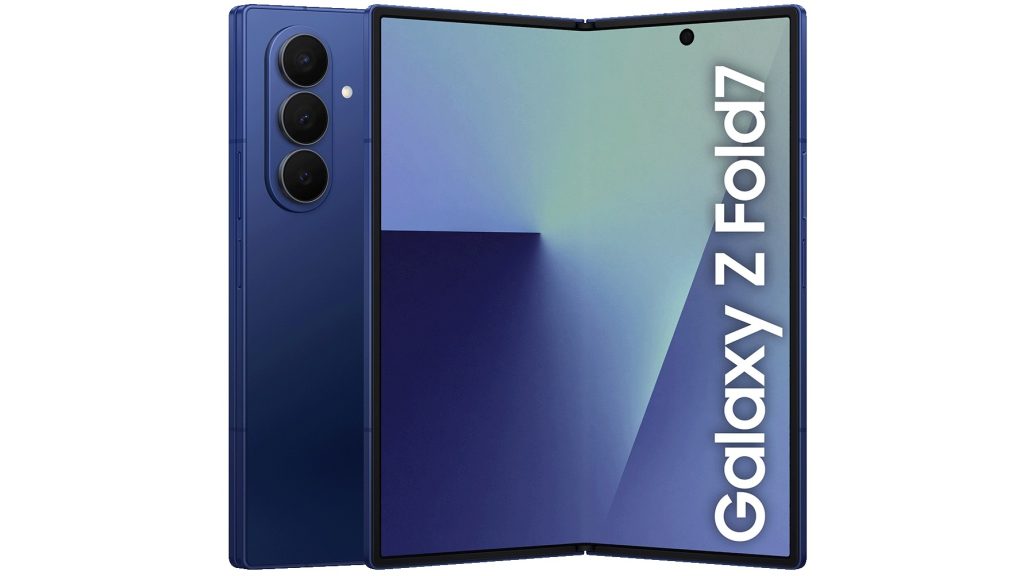The Samsung Galaxy Z Fold 7 is an incredible device: It’s thinner, stronger, and more powerful than its predecessors, and it’s packed with an eye-watering 200MP camera. But for every step they took forward with the hardware, software, and design, Samsung took a slight step back in each of these aspects, meaning there’s still room for some tweaking and improvement.
Allow me to expound: The phone design is minimalistic and clean, and the aluminium frame makes the build quality more sturdy, but it makes the phone harder to use. The phone is thinner, but it makes the camera housing stick out like a sore thumb. The device is incredibly fast and powerful, but that just drains the battery faster. It is a do-it-all phone, but at NZD $3249, it likely costs more than your first car or two.
Upon the review unit’s delivery, I was greeted with a square black box, probably no bigger than an artisanal chocolate box, and much thinner. Other than the device, Samsung included a usb cable, literature, and SIM ejector pin – still no charger, or anything Samsung deemed unnecessary. It is either an effort in showing off how thin the device is – it worked – but counterintuitively to the sustainability measures companies across the world have effected, the box seemed oversized. It could be due to the logistics of shipping an unfolded phone rather than a folded one, but it felt unnecessary.
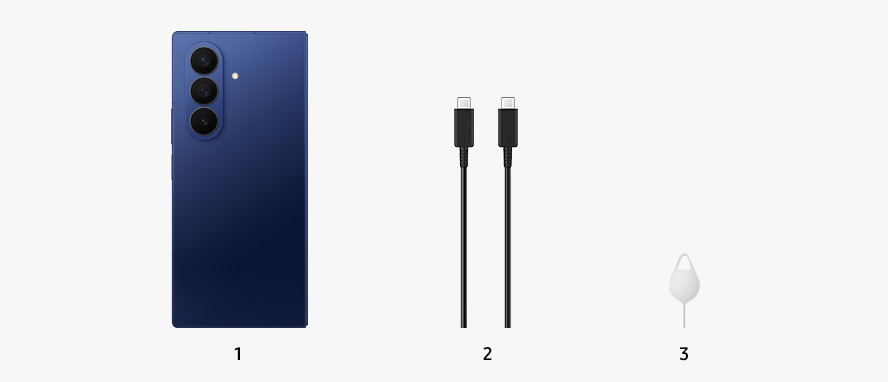
Picking up the phone, I was astounded by the size of the Z Fold 7: Not by the size of the internal screen, but by how thin it was. Unfolded, the phone measures a wafer-thin 4mm, 25% thinner than its predecessor, the Z Fold6, and it’s 10% lighter, too. The Z Fold 7 feels light to hold, the weight comparable to conventional phones that have two less screens available.
Design-wise, I loved the sturdy, yet sleek feel of the aluminium frame. Other than the goliathan camera housing (more on that later), there’s no other protrusion or un-necessary design flairs that makes the device look anything other than minimalistic. The new Armor FlexHinge is thinner, helping the device achieve that 9mm folded thickness, and the gaps on either side of the hinge are effectively non-existent – it is an impressive design feat.
Of course, when they solve one problem, another arises: The new hinge is thinner, stronger, and has less gaps, but that makes the phone harder to open. Combining that with a smooth aluminium frame that has zero texture on the edges, opening the Z Fold7 is a chore. Every time I begin to open the phone, I fear that my nails will scratch the screen because I have to push my thumbs that far into the seam to be able to open the phone. This problem may be alleviated with a phone case, if only Samsung included one in the box.
Upon opening the phone, you are greeted with an 8 inch, LTPO AMOLED screen, with an ultra-thin bezel. Unfolded, the Z Fold7’s screen is comically big, but not in a bad way: These internal screens are fast becoming a worthy substitute for tablets. The seam dissecting the 8 inch screen is still visible, but only ty]pically noticeable on a black screen. Having spent a bit of time writing on the screen, I totally forgot about the seam through all the typing. It only caught my attention when sunlight reflected on the white screen. The Armor FlexHinge ironically flexes Samsung’s design prowess here: the crease is easily the smoothest I’ve ever felt, thus forgetting that it’s there in the first place, even with the scrolling and tapping I did on the crease itself. Of course, only time will tell if the crease holds up over time, but this internal screen feels really good to use.

The cover screen also grew a little, now at 6.5 inches, with a 1080 x 2520 resolution. It’s a good size, but the proportions feel a little bit out – it feels too tall. I counter-intuitively started to watch videos on the cover screen, my rationale being that the cover screen ratio is better for videos, but I also won’t have a seam across the middle of the video. Daily driving it as a conventional phone can be a chore given its size, but opening the phone up and holding it with both hands looks and feels ostentatious.
The beauty with using the internal screen is having the ability to multi-task: Samsung”s One UI for foldables has quite a few strong features that help utilise the internal screens more, from multi-tasking between multiple apps, to a touchpad with scroll wheel, it does a decent impression of trying to mimic a tablet. I found myself using the multi-window feature regularly, simultaneously checking emails while messaging someone, and watching a video at the same time. The Z Fold 7 can handle many apps thrown at it, mostly due to what Samsung packs in it. Unfortunately, there’s very little in the way of foldable phone, dual-screen compatible apps on the Google Play store.
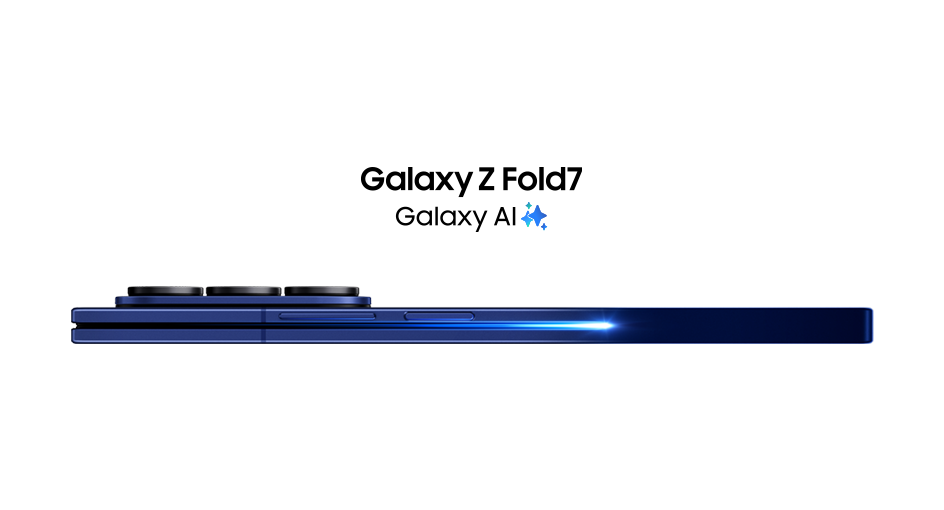
The Z Fold 7 utilises the same Snapdragon Elite 8 Elite chipset as its smaller siblings in the S25 range, and this chipset does not disappoint: Everything I threw at it runs smoothly, multiple apps open nigh-instantaneously, and there was very little processing time switching displays between the internal and cover screens. The Z Fold 7 is a powerful phone, especially given the small footprint. While the Snapdragon Elite 8 is only a slightly more powerful chipset than its predecessor, it excels because of its higher efficiency and lower power consumption. Despite this, the Z Fold 7 suffers from a compromising problem: to achieve the top-end specs while maintaining a smaller profile, something had to give, and in this case, it is the battery. At 4400mAh, it is unlikely to last a full day without needing a recharge. Combine the relatively low battery capacity with the 25W charging, and you are looking at charging the phone at least once a day for half an hour, minimum.
Like the S25 Ultra, the Z Fold 7 also packs a 200MP main camera, along with a 10MP telephoto and a 12MP ultrawide on the external cameras, and switches to a 10MP ultrawide selfie camera. The main camera is impressive, albeit with limited zoom capabilities at 200MP, and the rest all perform reasonably well. Physically, however, the cameras and the housing is obtrusive: The Z Fold 7 is by far one of the thinnest phones out there, which is ridiculous considering that it is a foldable phone. At 9mm folded, it’s about the same thickness as the Samsung S25 Ultra. But, the camera housing itself adds another 6mm to the device, and with a camera housing adding 66% thickness in one corner alone, it doesn’t sit flat. It sits precariously on the camera lens and housing in one corner, and the opposite corner of the phone, acting like a fulcrum for the remaining two corners. Typing anything on the cover screen while the phone is lying on a surface is like working on a typewriter whilst sitting on the seesaw. Repeating the exercise on the internal screen doesn’t yield better results, and while I tried to leverage the corner protrusion to my advantage as a makeshift phone stand, I had little success in positioning the phone flat in any way besides resting it on a phone stand.
I also have to touch on the AI: Again, while the UI is similar in the Z Fold 7 as it is on the S25 range, tweaks have been made to enhance the One UI 8 by way of AI, to allow interactions with the device to be more natural and contextual. Retaining the circle to search, generative edit, and a bevy of AI-functionality, Samsung phones are fast becoming an intuitive, quality-of-life assistant. While I’m still not totally drinking the AI Kool-Aid, I can definitely see the potential through the Z Fold 7.
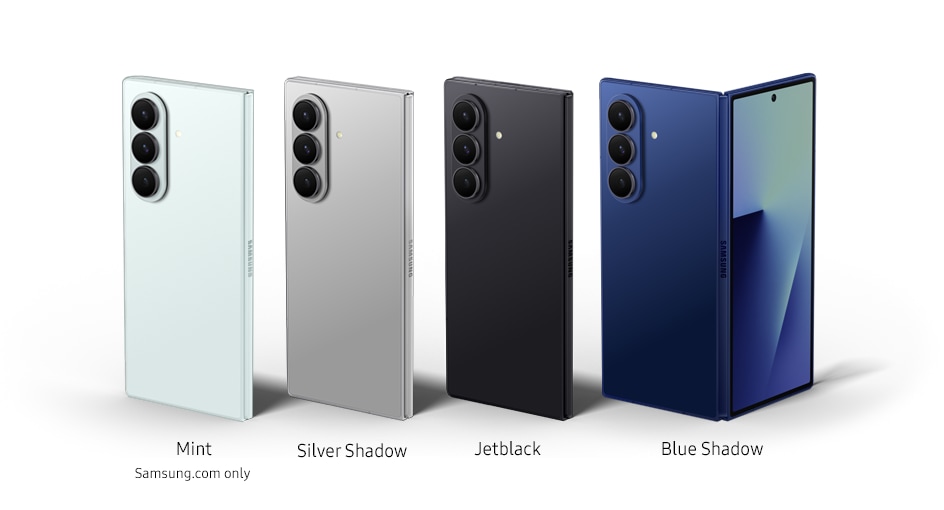
Samsung’s latest entry into the Z Fold lineage is a marked improvement on its predecessors, both in the performance and the overall design & look of the phone: I got many impressed “wow”s when I pulled the phone out of my pocket, and that’s before they’ve even had a chance to experience how well it performs. However, with every design and performance improvement Samsung made with this device, there seems to be that minor issue that manifested: the phone design is sleek and thin, but it’s a pain to open and doesn’t sit flat. The performance is impressive, dare I say at top of the class, but the battery drains (pun intended) all the fun out of using it for prolonged periods. With some minor changes, e.g. adding texture to the side to make opening the phone easier, and making the camera unobtrusive, and some possible major changes, like making it thicker to accommodate a higher capacity battery, the Z Fold 7 is not that far away from being the ideal foldable phone. All it takes is a couple of steps forward… and perhaps less of the small step back.
